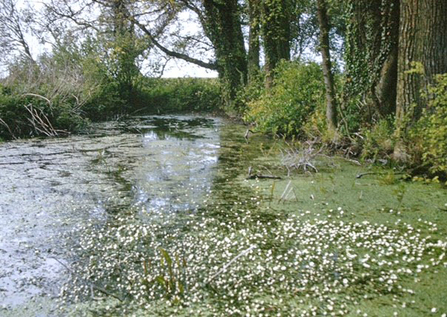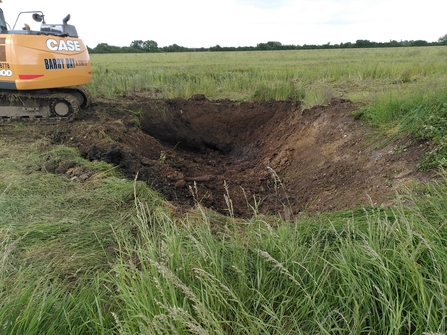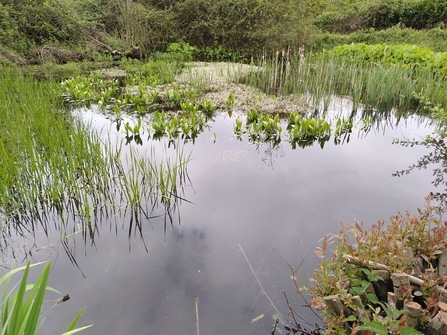The history of South Elmham:
80 years is recent history in the grand scheme of things at South Elmham. The Hall itself and associated scheduled ancient monument (South Elmham Minster) have been an important site for people of note since at least the 11th Century. A significant deer park was created and maintained around the Bishop of Norwich’s fortified manor house, now the site of South Elmham Hall. This significant piece of landscape history is being re-created by the current owners of the Hall, who have been farming the land here for the past 50 years as third generation farmers.
Within the record of the site’s history lies a clue to the provenance of some of the ponds that exist (and formerly existed) here, “The year 1449/50 saw stock ponds being made in the Hesylquarter and Heyelaunde, suggesting areas set aside for grazing, and the latter perhaps for growing a crop.” (Deer Parks of Suffolk 1086 – 1602, Hoppitt) These ponds would then be 570 years old – and given how important ponds were to rural life, giving stock water, people water and washing, and food from fish (in some cases) there is no doubt that many ponds here are older.
These functional landscape features would have supported thriving wildlife both in the ponds and their surroundings. Clues from history with ponds called ‘eels deek’ suggest some significant (and now threatened) wildlife was present. Living memory of the farm recalls fishing for newts as children being a favourite pastime, the large standard elms now sadly lost. We know ponds are one of the best biodiversity hotspots in the wider countryside and we know that they would have been an integral part of life, actively managed to keep them open and accessible, and by default great for many more species than unmanaged ponds. We can say for sure that wildlife then was very much more abundant than it is in the wider countryside at present with 60-70+% declines in many species across the board since the 1970’s baseline. We are lucky that we will get a glimpse into some of the historic species assemblages as the exposed seedbank bursts to life in the re-excavated ponds.
The significant network of ponds and extensively managed re-created deer park being progressed by the farm will ensure that our future fauna and flora will be able to thrive here. It will of course be much modified by our recent history and the climate and nature emergencies challenging everything, but persistence and resilience of our current and future biodiversity are possible with the space and management to support them.



